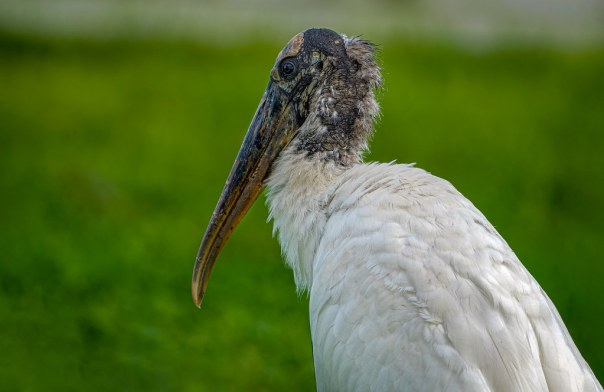I haven’t updated the blog recently (sorry!), but I have made a lot of photos. Here are a few of them with info about each in the captions. Several are from the wild bird rookery at the St. Augustine Alligator Farm – I hadn’t been there for many years.











So, yes – Central Florida is still a very good place to make photos!
Blog note:
As of today (May 7, 2025), this blog has been on-line for 18 years, with 793 posts, and more than 2600 comments. That’s a good effort in blog land! It’s more than enough time to express just about everything I can think of to say about Central Florida Photo Ops. So I’ve decided to wind things down here sometime between May and September 2025 when my hosting plan expires. I’m doing some research and hope to archive a copy of the blog somewhere on line instead of completely shutting it down. I’ll let you know what I find out.
I won’t be totally off-line. Even though I’m not photographing as much as I used to, I’ll still be going out and making images as often as possible. If you want to see what I’m up to, you can stop by https://flickr.com/edrosack, where I’ll keep posting.
Until September (and after): Many thanks to everyone for stopping by and reading my blog. You’ve all always been supportive and kind. Stay that way!
Take care of yourselves and each other. And if you can, make some photos!
©2025, Ed Rosack. All rights reserved.


























 Flamingo feathers
Flamingo feathers































